How Do You Know When Potatoes Are Ready For Harvesting?
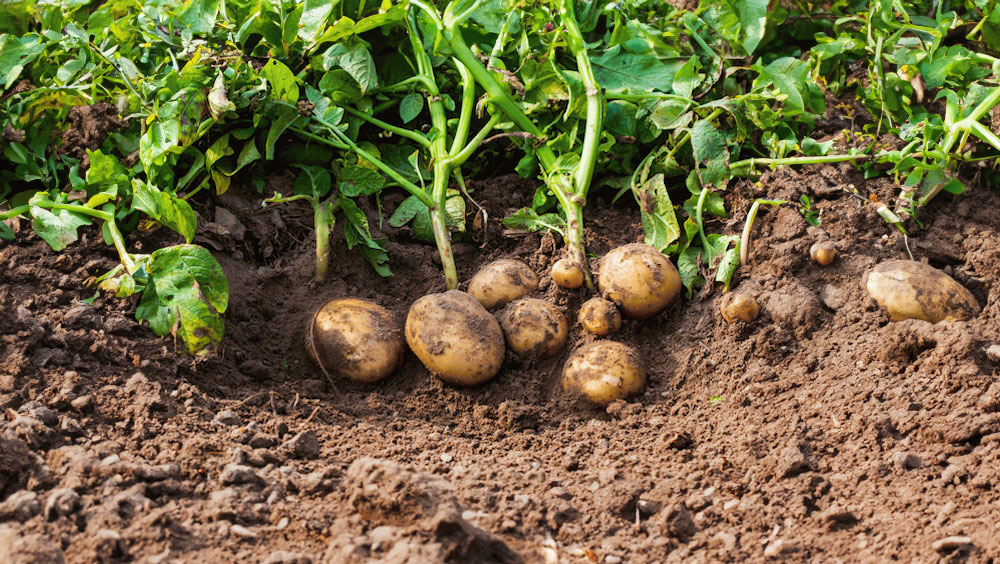
If you're growing your own potatoes, you're probably wondering: how do you know when potatoes are ready for harvesting? Harvesting at the right time ensures maximum flavor, size, and storage life. Whether you’re a beginner or a seasoned gardener, understanding the signs of potato maturity is essential. In this guide, we’ll explore the telltale signs, from foliage changes to skin firmness, that signal your potato plants are ready to dig up.
1. Watch for Yellowing and Dying Foliage

One of the first signs that your potatoes are ready for harvesting is the condition of the foliage. As the plant matures, the green leaves will begin to yellow, wilt, and eventually die back. This natural process indicates that the tubers have finished growing and are ready for harvest. Typically, this occurs about 2 to 3 weeks after the flowers have bloomed and faded. Don’t harvest your potatoes while the vines are still lush and green — this often means the tubers are still developing.
2. Count the Days Since Planting
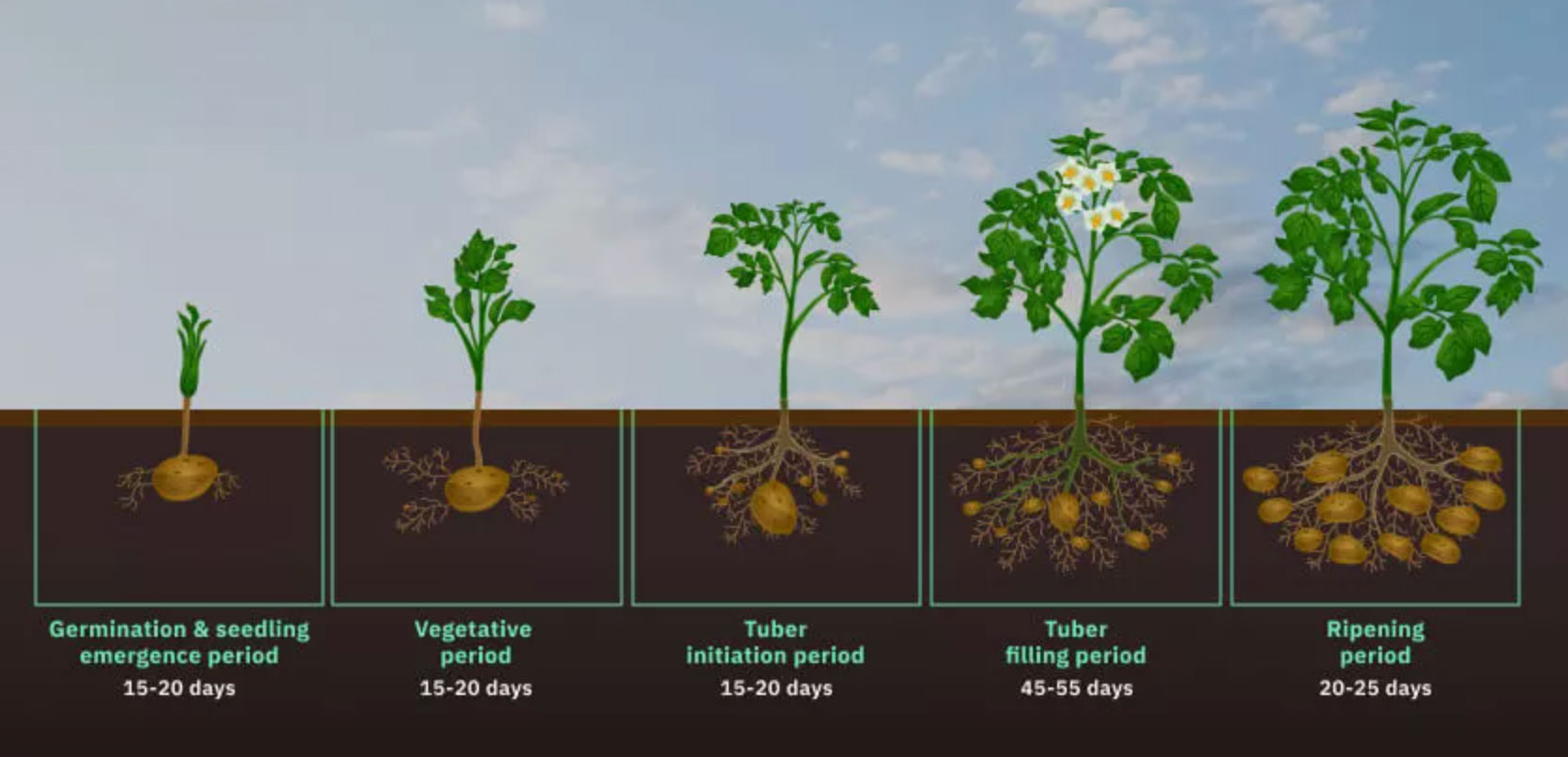
The average growth cycle for most potato varieties is between 70 to 120 days. Early varieties may be ready in about 70 days, while maincrop varieties often need closer to 100 or more. Check your seed packet for specific maturity dates, and mark your calendar when planting. Although this countdown isn’t a foolproof method, it serves as a useful reference point to determine when you should start looking for other signs of maturity.
3. Perform a Test Dig
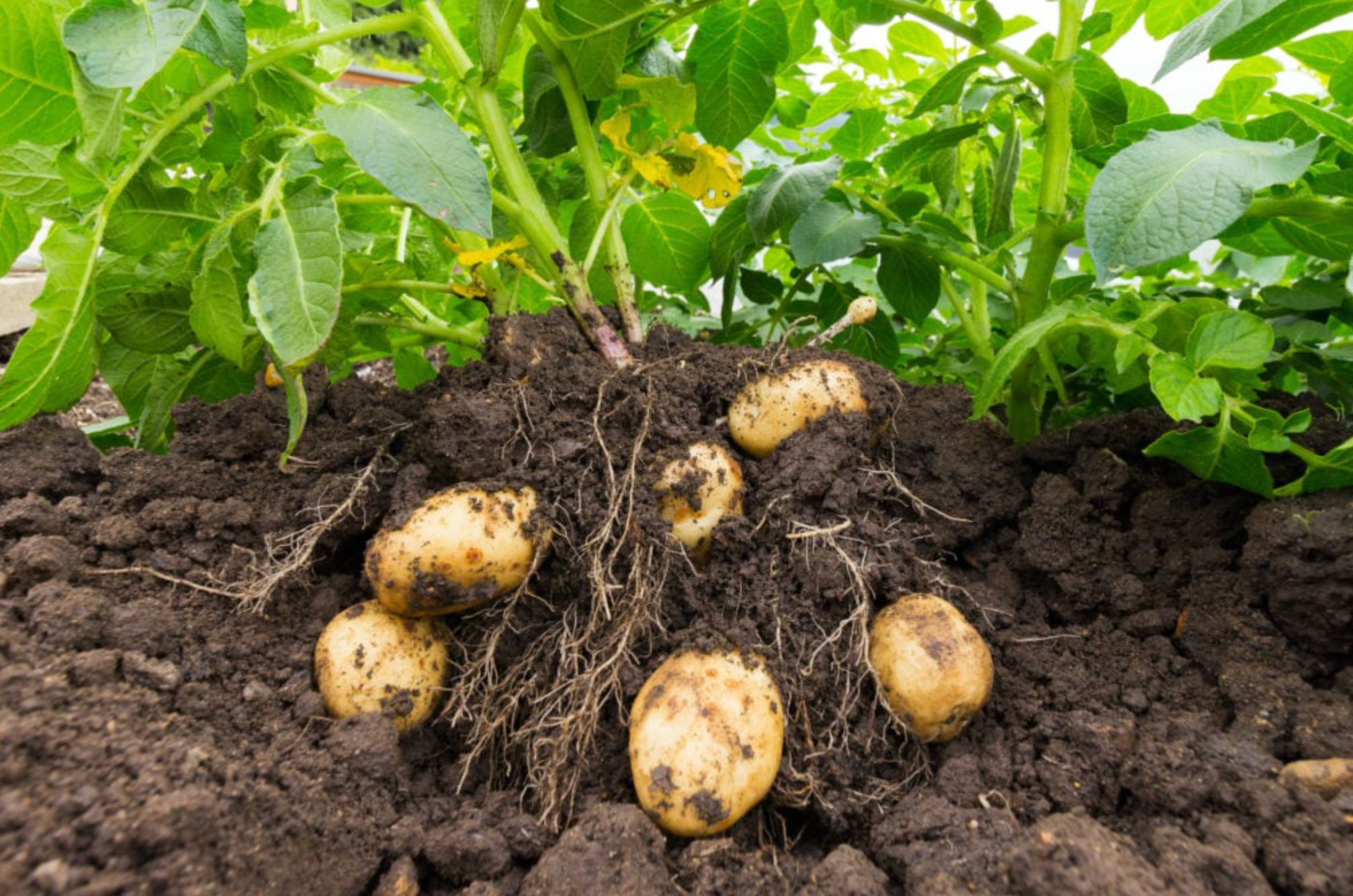
When in doubt, perform a test dig. Carefully dig around one plant using a garden fork or your hands. Look for a few tubers and inspect their size. If they’ve reached the desired size, they’re likely ready. Test digging is especially useful if your foliage hasn’t fully died back, but the calendar date suggests they may be mature. Remember to re-cover the plant with soil if you're not ready to harvest everything just yet.
4. Examine Potato Skin Texture

Another reliable way to know when potatoes are ready for harvesting is by checking the skin texture. Mature potatoes have a thicker, firmer skin that resists rubbing off easily. Gently rub a test potato with your thumb; if the skin stays intact, it's ready for harvest. If the skin peels easily, the tubers need more time in the ground to properly harden — which helps in storage and shelf life.
5. Check for Weather Conditions Before Harvesting
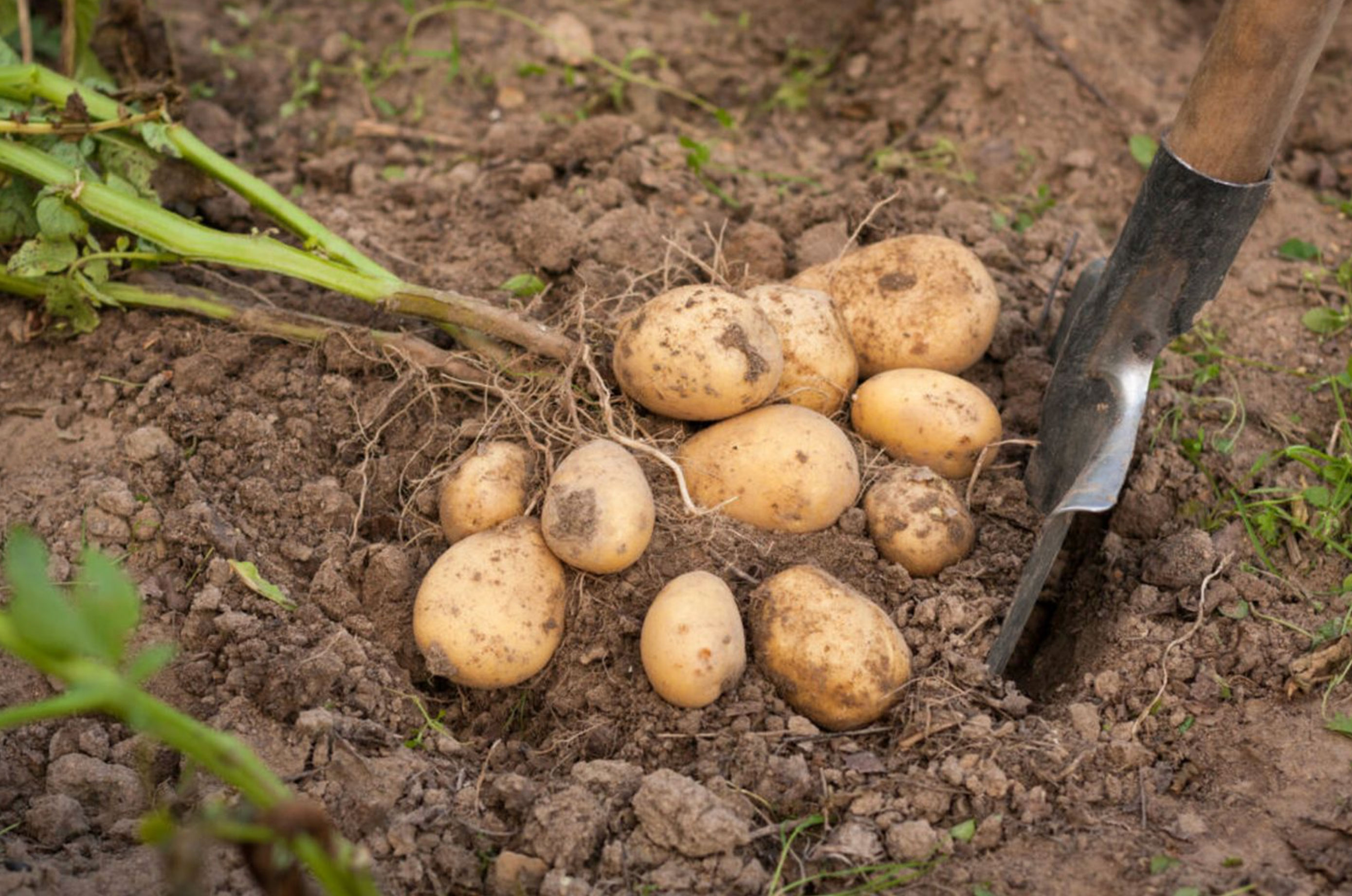
Timing your harvest just before a dry period can help you avoid digging up muddy potatoes. Wet conditions make harvesting more difficult and increase the risk of rot during storage. Ideally, wait for a dry day to dig up your spuds. This will not only make the task more pleasant but also reduce the time needed to cure and clean them afterward.
6. Understand the Difference Between New and Mature Potatoes

It’s important to differentiate between harvesting new (baby) potatoes and mature potatoes. New potatoes can be harvested two to three weeks after the plants flower and are smaller with thinner skins. They are best consumed soon after harvesting as they do not store well. Mature potatoes, on the other hand, are typically harvested after the foliage has died back and are suitable for storage.
7. Let Potatoes Cure Before Storing
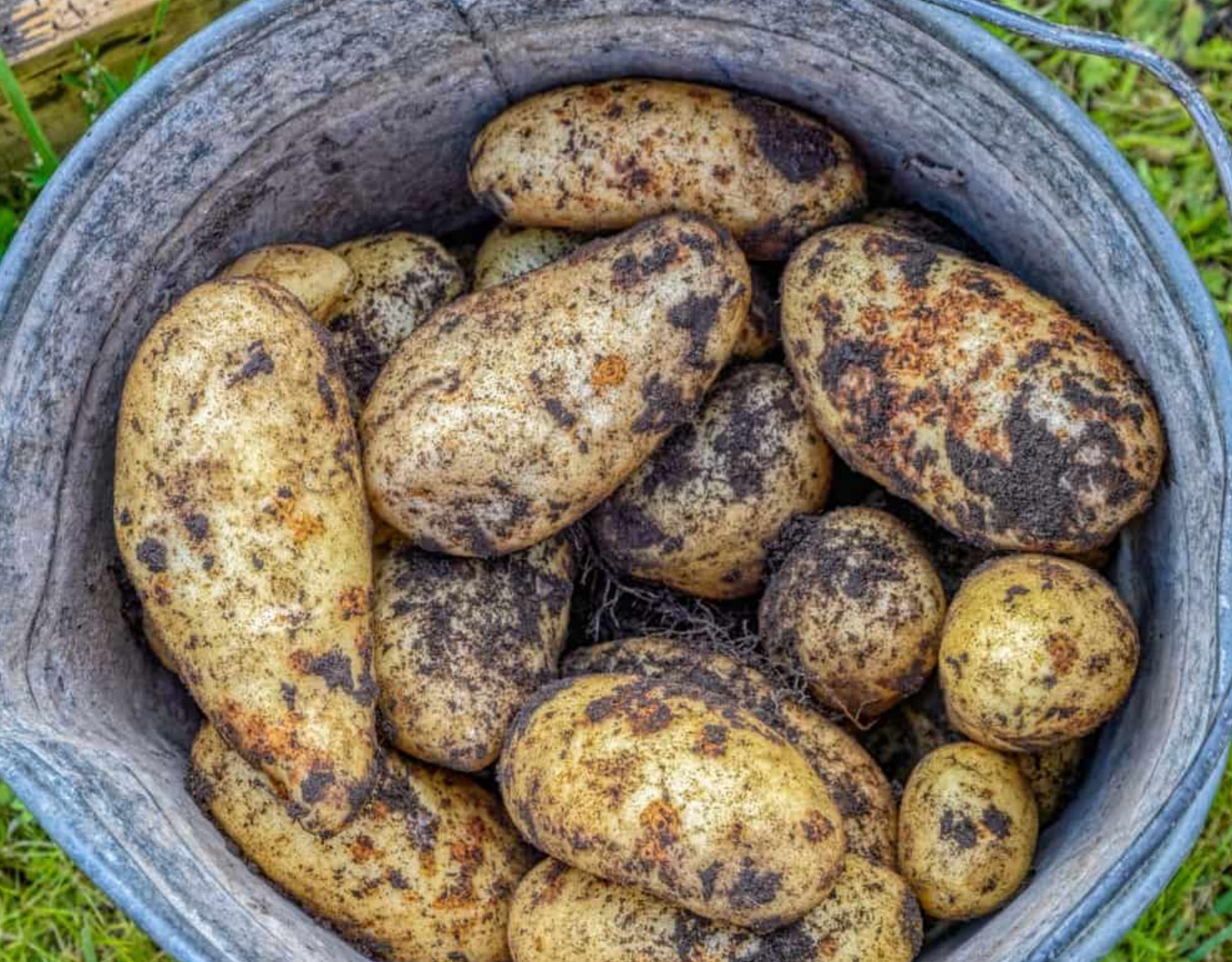
Once you know your potatoes are ready for harvesting, allow them to cure for a few days before storage. Leave them in a dry, shady place to let the skins toughen. This curing process helps to heal minor skin abrasions and prepares them for longer-term storage. Avoid washing your potatoes before storing, as excess moisture can promote rot.
8. Use Your Senses and Experience
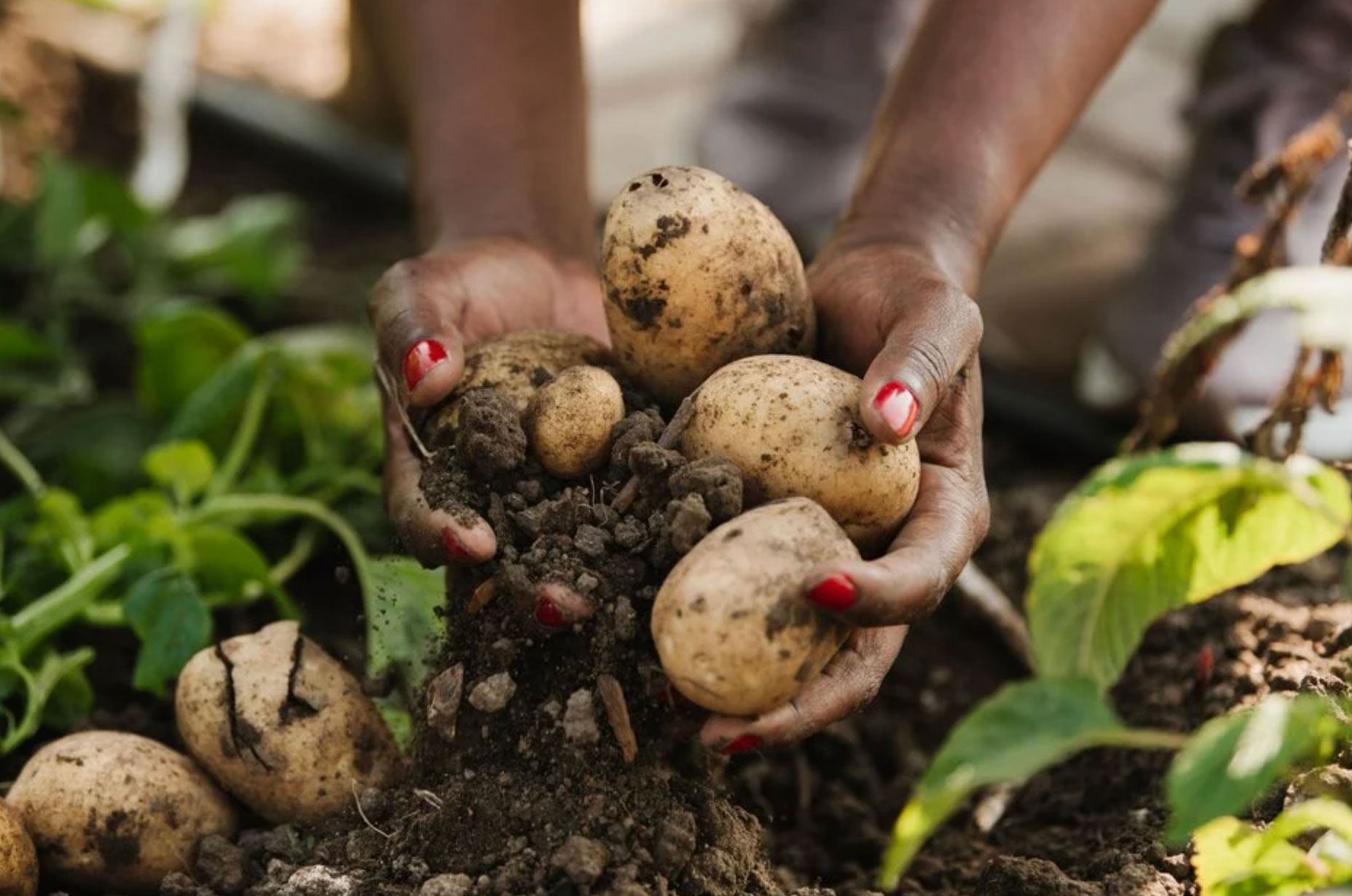
Even with all the tips and signs, sometimes the best answer to 'how do you know when potatoes are ready for harvesting' comes from experience. Trust your senses — look at the plants, feel the soil, and inspect the tubers. Over time, you’ll develop an instinct for the perfect harvesting window. Keep notes each growing season to refine your technique further.
Knowing when your potatoes are ready to harvest is a blend of science and observation. From checking the foliage to inspecting skin firmness, there are multiple indicators that help you determine the right time. By understanding these signs and following our tips, you’ll be able to harvest healthy, flavorful potatoes at their peak. So, the next time someone asks 'how do you know when potatoes are ready for harvesting,' you’ll be ready with expert advice!

